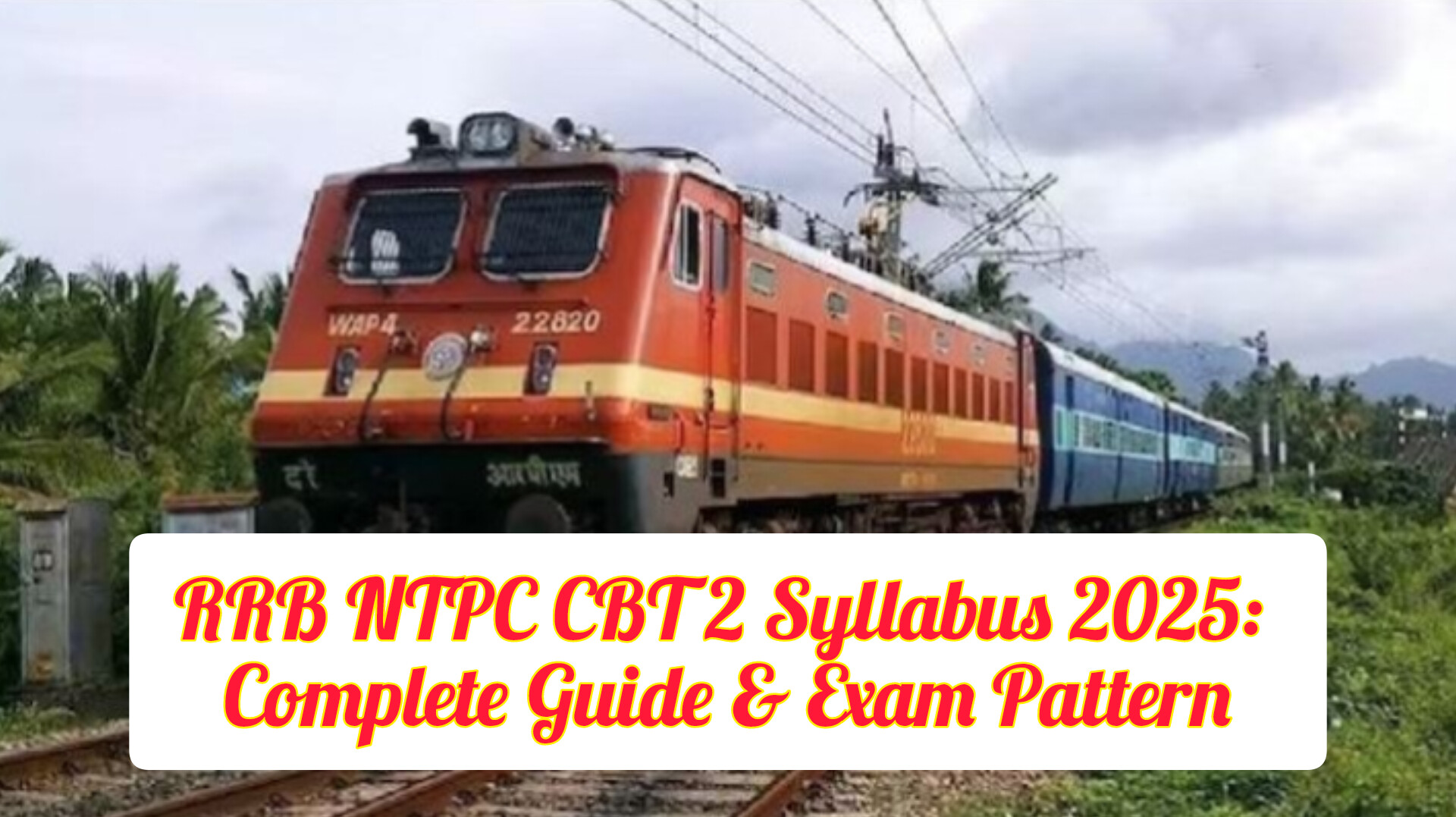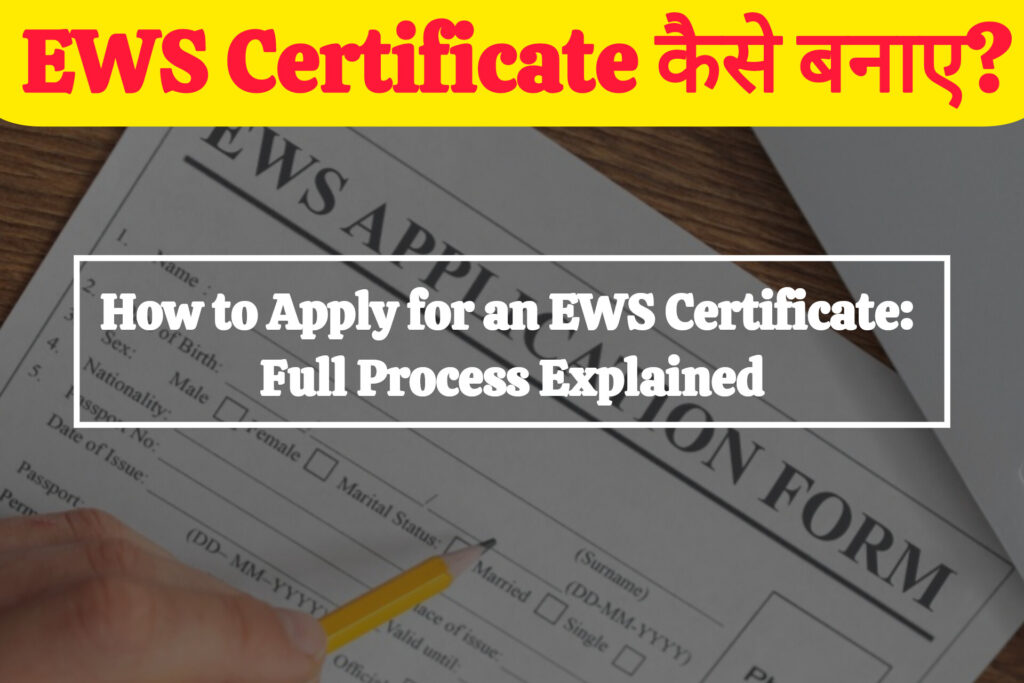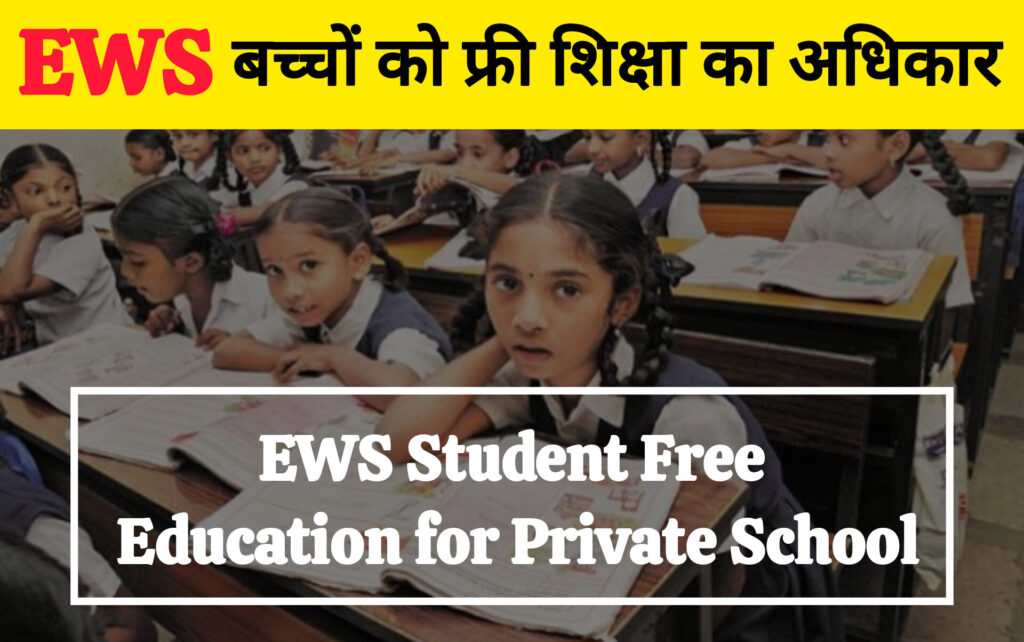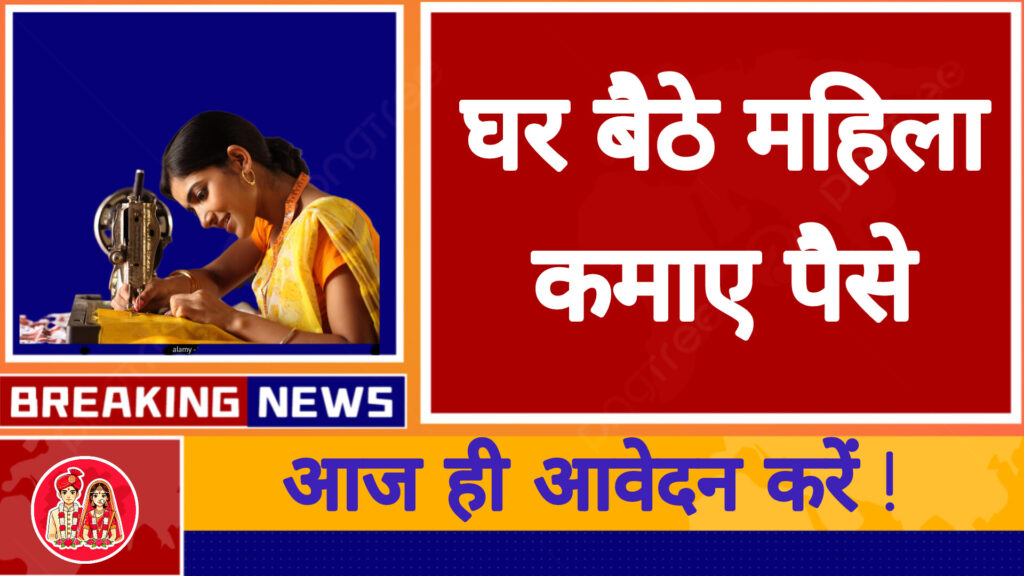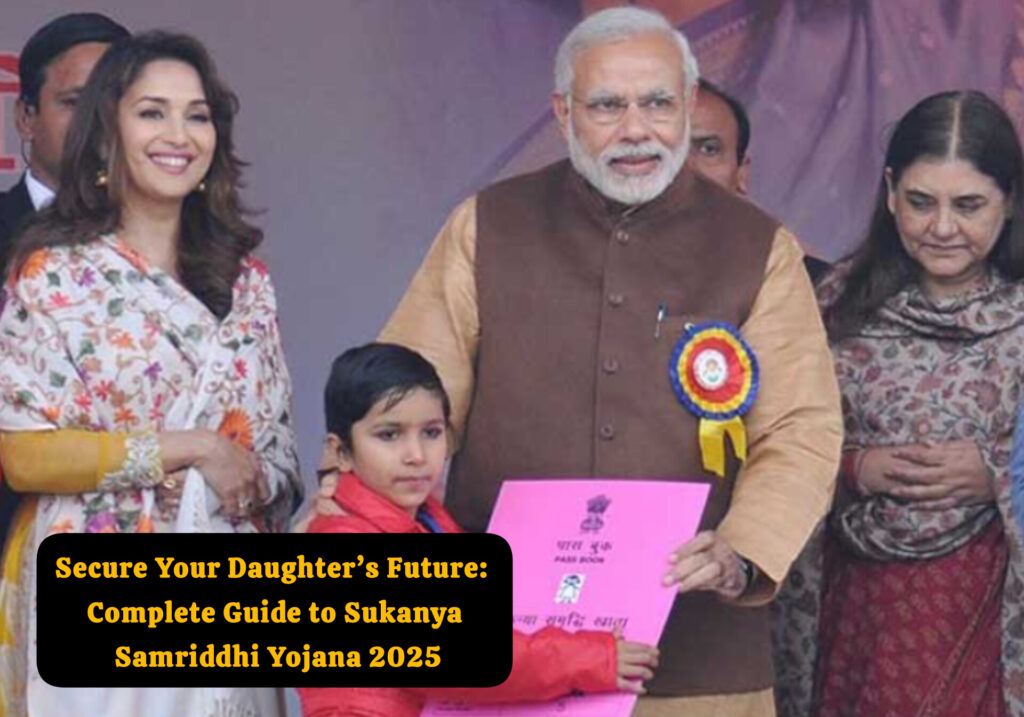The RRB NTPC CBT 2 Syllabus 2025 is similar to CBT 1 but with a higher difficulty level and a different exam pattern. It covers three main subjects: General Awareness, Mathematics, and General Intelligence & Reasoning. Below is a detailed breakdown of the syllabus based on the latest information available for the RRB NTPC 2025 exam:
RRB NTPC CBT 2 Syllabus 2025
1. General Awareness
This section tests candidates’ knowledge of current events, general knowledge, and awareness of India and the world. It carries the highest weightage in CBT 2 (50 questions, 50 marks). Key topics include:
- Current Affairs: National and international events, sports, awards, and honors.
- Indian History: Ancient, Medieval, and Modern history of India.
- Indian Geography: Physical, social, and economic geography of India and the world.
- Indian Polity and Governance: Constitution, political system, and governance.
- Economics: Basic economic principles, banking, and financial awareness.
- General Science: Concepts from Physics, Chemistry, and Biology up to 10th CBSE level.
- Science and Technology: General scientific concepts, space and nuclear programs of India.
- Environment and Biodiversity: Flora, fauna, and environmental issues.
- Art and Culture: Indian art, culture, and heritage.
- Important Government and Public Sector Organizations: Structure and functions.
- Flagship Government Programs: Major schemes and initiatives.
- Sports: Major events, achievements, and awards.
Weightage: Approximately 14–18 questions are expected from Current Affairs alone.
Preparation Tips:
- Stay updated with the last 6 months’ current affairs via newspapers, magazines, or reliable news sources.
- Refer to books like Lucent’s General Knowledge or high school science textbooks for static GK and science.
2. Mathematics
This section evaluates numerical and problem-solving skills with 35 questions (35 marks). Topics include:
- Number System: Integers, decimals, fractions, LCM, and HCF.
- Ratio and Proportions: Basic and advanced problems.
- Percentage: Calculations and applications.
- Profit and Loss: Profit, loss, discount, and related problems.
- Simple and Compound Interest: Interest calculations.
- Time and Work: Work efficiency, pipes, and cisterns.
- Time, Speed, and Distance: Problems on trains, boats, and relative speed.
- Mensuration: Area, volume, and surface area of 2D and 3D shapes.
- Geometry: Basic properties of shapes, triangles, and circles.
- Trigonometry: Heights and distances, basic trigonometric ratios.
- Elementary Algebra: Linear equations, polynomials.
- Data Interpretation: Tables, pie charts, bar graphs.
- Elementary Statistics: Mean, median, mode, and standard deviation.
Weightage: Questions are generally of 10th to 12th standard level, with a focus on arithmetic and data interpretation.
Preparation Tips:
- Practice shortcut methods to solve problems quickly.
- Use books like Quantitative Aptitude for Competitive Examinations by R.S. Aggarwal.
- Solve previous years’ papers and mock tests to improve speed and accuracy.
3. General Intelligence & Reasoning
This section tests logical reasoning, analytical skills, and decision-making abilities with 35 questions (35 marks). Topics include:
- Analogies: Number, letter, and figure-based analogies.
- Number and Alphabetical Series: Completion of series patterns.
- Coding and Decoding: Letter, number, and symbol-based coding.
- Mathematical Operations: BODMAS, substitution, and interchange.
- Puzzles: Seating arrangements, circular arrangements, and logical puzzles.
- Syllogism: Statements and conclusions.
- Venn Diagrams: Logical relationships.
- Blood Relations: Family tree-based questions.
- Statement and Conclusion: Logical deductions.
- Statement and Courses of Action: Decision-making scenarios.
- Data Sufficiency: Analyzing given data to answer questions.
- Jumbling: Rearranging sequences.
- Maps and Graphs: Interpretation of graphical data.
- Analytical Reasoning: Critical thinking and problem-solving.
- Decision Making: Logical decision-based questions.
Weightage: Questions range from easy to moderate difficulty, with an emphasis on complex puzzles and advanced coding-decoding in CBT 2.
Preparation Tips:
- Practice reasoning questions regularly to enhance speed and accuracy.
- Refer to books like A Modern Approach to Verbal & Non-Verbal Reasoning by R.S. Aggarwal.
- Focus on high-weightage topics like puzzles and syllogism.
RRB NTPC CBT 2 Exam Pattern 2025
- Total Questions: 120 (objective-type multiple-choice questions).
- Total Marks: 120 (1 mark per question).
- Duration: 90 minutes (120 minutes for PwD candidates).
- Negative Marking: 1/3 mark deducted for each wrong answer.
- Subject-wise Distribution:
- General Awareness: 50 questions (50 marks).
- Mathematics: 35 questions (35 marks).
- General Intelligence & Reasoning: 35 questions (35 marks).
- Qualifying Marks: UR/EWS: 40%, OBC/SC: 30%, ST: 25% (may be relaxed by 2% for PwBD candidates).
Key Differences from CBT 1
- Difficulty Level: CBT 2 is more advanced, with deeper problem-solving and complex questions.
- Number of Questions: CBT 2 has 120 questions compared to 100 in CBT 1.
- Weightage: General Awareness has a higher weight (50 questions vs. 40 in CBT 1), and Mathematics and Reasoning have 35 questions each (vs. 30 each in CBT 1).
- Merit List: CBT 2 marks are included in the final merit list, unlike CBT 1, which is a screening round.
Additional Stages
- Computer-Based Aptitude Test (CBAT): For candidates applying for Station Master and Traffic Assistant posts. It includes tests like Intelligence Test, Selective Attention Test, Spatial Scanning Test, Information Ordering, and Personality Test. A minimum T-score of 42 is required to qualify.
- Typing Skill Test: For posts like Senior Clerk cum Typist, Junior Accounts Assistant cum Typist, etc. Candidates must type at 30 WPM in English or 25 WPM in Hindi on a personal computer without editing tools. This is qualifying in nature.
- Document Verification and Medical Examination: Final stages based on CBT 2 and CBAT/Typing Test performance.
Preparation Strategy
- Understand the Syllabus: Focus on high-weightage topics like Current Affairs, Puzzles, and Arithmetic.
- Create a Study Plan: Allocate time based on strengths and weaknesses (e.g., 2–3 hours daily for Mathematics, 1–2 hours for General Awareness and Reasoning).
- Practice Mock Tests: Regularly attempt mock tests and previous years’ papers to assess preparation and improve time management.
- Use Quality Resources: Refer to standard books (Lucent’s General Knowledge, R.S. Aggarwal’s Quantitative Aptitude and Reasoning) and online platforms like Testbook or Oliveboard.
- Stay Updated: Follow daily news for current affairs and revise static GK regularly.
- Download Syllabus PDF: Access the official RRB NTPC Syllabus PDF from the RRB website (rrbcdg.gov.in) or other reliable sources for a comprehensive guide.
Notes
- The syllabus is based on the official RRB NTPC notification and aligns with the 10th, 12th, and graduation-level difficulty.
- The exam schedule for CBT 2 (Graduate-level posts) is yet to be announced, but CBT 1 for Graduate posts was conducted from June 5 to 24, 2025.
- For the most accurate and updated syllabus, refer to the official RRB website or the notification released on September 7, 2025.
If you need the syllabus PDF or specific preparation tips for any section, let me know!

